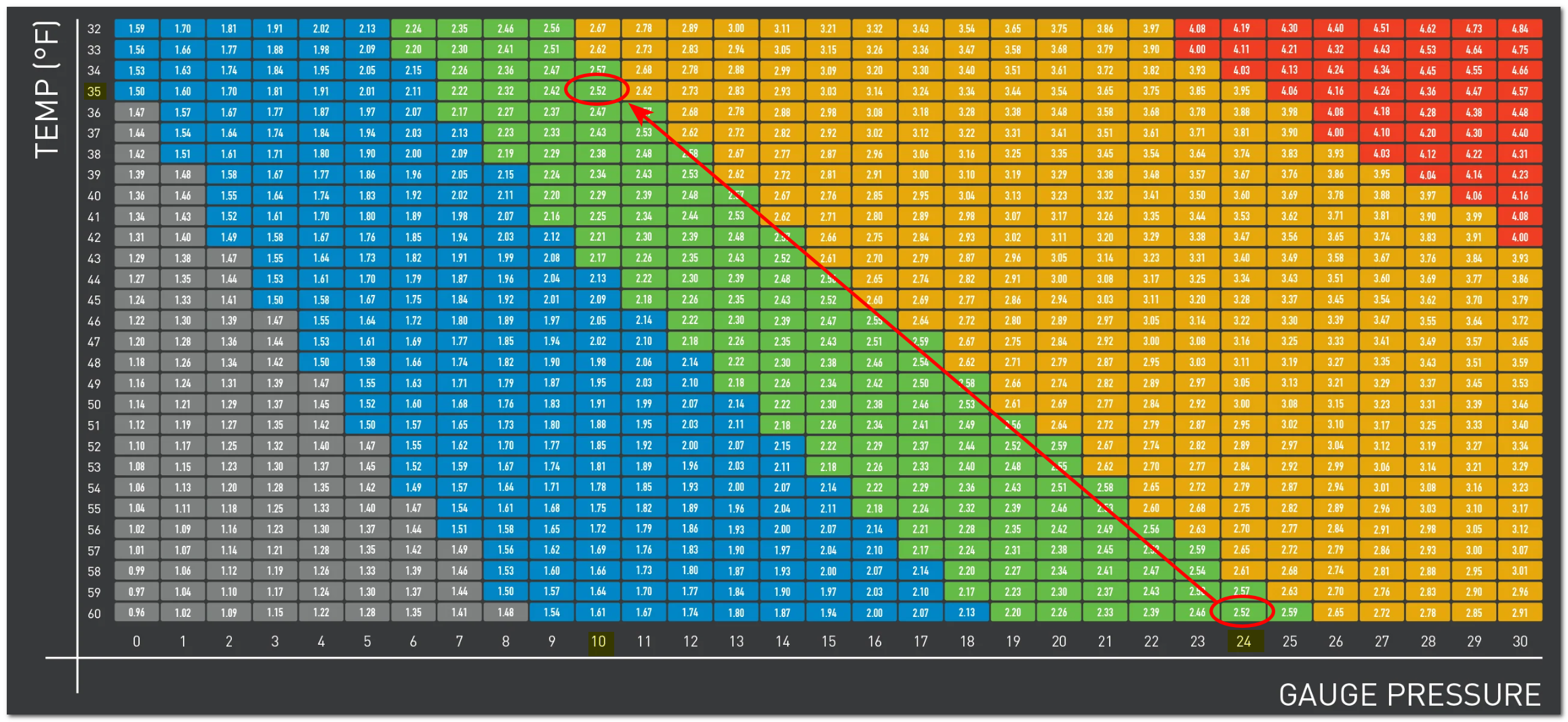fluketamer
Well-Known Member
- Joined
- Dec 1, 2008
- Messages
- 1,960
- Reaction score
- 2,563
hi
at what attenuation should i attach a spunding valve in order to carbonate the beer.
i am brewing a kolsch and i figure the last third leg of fermentaiton i woulld place the valve on but is there a rule.
at what attenuation should i attach a spunding valve in order to carbonate the beer.
i am brewing a kolsch and i figure the last third leg of fermentaiton i woulld place the valve on but is there a rule.

















































![Craft A Brew - Safale BE-256 Yeast - Fermentis - Belgian Ale Dry Yeast - For Belgian & Strong Ales - Ingredients for Home Brewing - Beer Making Supplies - [3 Pack]](https://m.media-amazon.com/images/I/51bcKEwQmWL._SL500_.jpg)









